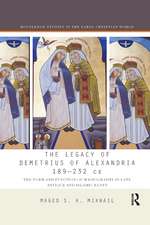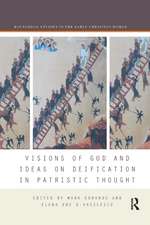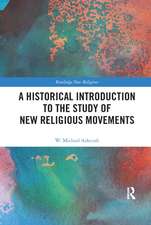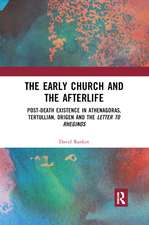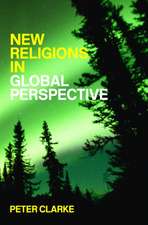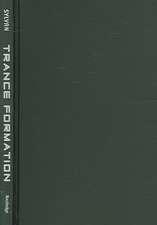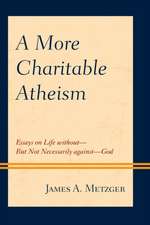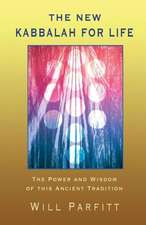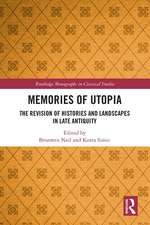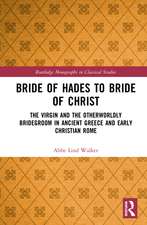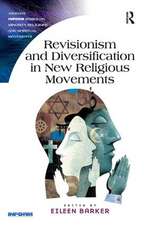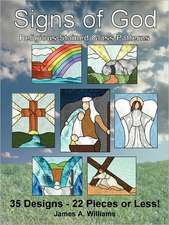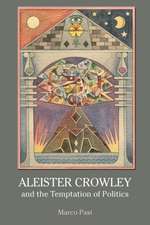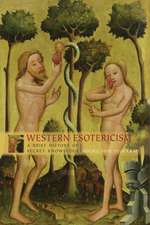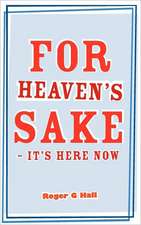Monsters in Greek Literature: Aberrant Bodies in Ancient Greek Cosmogony, Ethnography, and Biology: Routledge Monographs in Classical Studies
Autor Fiona Mitchellen Limba Engleză Paperback – 31 mai 2021
This book provides an in-depth examination of the role of monstrosity in ancient Greek literature. In the past, monsters in this context have largely been treated as unimportant or analysed on an individual basis. By focusing on genres rather than single creatures, the book provides a greater understanding of how monstrosity and abnormal bodies are used in ancient sources. Very often ideas about monstrosity are used as a contrast against which to examine the nature of what it is to be human, both physically and behaviourally. This book focuses on creation narratives, ethnographic writing, and biological texts. These three genres address the origins of the human world, its spatial limits, and the nature of the human body; by examining monstrosity in these genres we can see the ways in which Greek texts construct the space and time in which people exist and the nature of our bodies.
This book is aimed primarily at scholars and students undertaking research, not only those with an interest in monstrosity, but also scholars exploring cultural representations of time (especially the primordial and mythological past), ancient geography and ethnography, and ancient philosophy and science. As the representation of monsters in antiquity was strongly influential on medieval, renaissance, and early modern images and texts, this book will also be relevant to people researching these areas.
| Toate formatele și edițiile | Preț | Express |
|---|---|---|
| Paperback (1) | 350.30 lei 6-8 săpt. | |
| Taylor & Francis – 31 mai 2021 | 350.30 lei 6-8 săpt. | |
| Hardback (1) | 999.34 lei 6-8 săpt. | |
| Taylor & Francis – 31 mai 2021 | 999.34 lei 6-8 săpt. |
Din seria Routledge Monographs in Classical Studies
-
 Preț: 310.65 lei
Preț: 310.65 lei -
 Preț: 312.65 lei
Preț: 312.65 lei -
 Preț: 310.81 lei
Preț: 310.81 lei -
 Preț: 311.43 lei
Preț: 311.43 lei -
 Preț: 325.06 lei
Preț: 325.06 lei -
 Preț: 311.37 lei
Preț: 311.37 lei -
 Preț: 312.02 lei
Preț: 312.02 lei - 9%
 Preț: 935.67 lei
Preț: 935.67 lei - 9%
 Preț: 1039.83 lei
Preț: 1039.83 lei -
 Preț: 310.37 lei
Preț: 310.37 lei - 9%
 Preț: 970.53 lei
Preț: 970.53 lei -
 Preț: 312.56 lei
Preț: 312.56 lei -
 Preț: 311.18 lei
Preț: 311.18 lei -
 Preț: 325.55 lei
Preț: 325.55 lei -
 Preț: 309.90 lei
Preț: 309.90 lei -
 Preț: 311.41 lei
Preț: 311.41 lei - 9%
 Preț: 936.87 lei
Preț: 936.87 lei - 8%
 Preț: 383.06 lei
Preț: 383.06 lei - 48%
 Preț: 570.60 lei
Preț: 570.60 lei -
 Preț: 488.71 lei
Preț: 488.71 lei - 29%
 Preț: 995.97 lei
Preț: 995.97 lei -
 Preț: 482.27 lei
Preț: 482.27 lei - 18%
 Preț: 946.74 lei
Preț: 946.74 lei -
 Preț: 484.47 lei
Preț: 484.47 lei - 15%
 Preț: 427.16 lei
Preț: 427.16 lei -
 Preț: 369.77 lei
Preț: 369.77 lei -
 Preț: 386.77 lei
Preț: 386.77 lei - 18%
 Preț: 1109.51 lei
Preț: 1109.51 lei - 30%
 Preț: 849.65 lei
Preț: 849.65 lei - 23%
 Preț: 321.20 lei
Preț: 321.20 lei - 18%
 Preț: 956.39 lei
Preț: 956.39 lei - 15%
 Preț: 427.16 lei
Preț: 427.16 lei - 18%
 Preț: 1060.25 lei
Preț: 1060.25 lei - 15%
 Preț: 427.16 lei
Preț: 427.16 lei - 18%
 Preț: 1119.16 lei
Preț: 1119.16 lei -
 Preț: 371.71 lei
Preț: 371.71 lei -
 Preț: 452.14 lei
Preț: 452.14 lei - 26%
 Preț: 765.59 lei
Preț: 765.59 lei - 30%
 Preț: 819.48 lei
Preț: 819.48 lei -
 Preț: 416.22 lei
Preț: 416.22 lei - 18%
 Preț: 1050.78 lei
Preț: 1050.78 lei
Preț: 350.30 lei
Nou
Puncte Express: 525
Preț estimativ în valută:
67.05€ • 72.86$ • 56.36£
67.05€ • 72.86$ • 56.36£
Carte tipărită la comandă
Livrare economică 21 aprilie-05 mai
Preluare comenzi: 021 569.72.76
Specificații
ISBN-13: 9780367556464
ISBN-10: 0367556464
Pagini: 210
Dimensiuni: 156 x 234 x 11 mm
Greutate: 0.3 kg
Ediția:1
Editura: Taylor & Francis
Colecția Routledge
Seria Routledge Monographs in Classical Studies
Locul publicării:Oxford, United Kingdom
ISBN-10: 0367556464
Pagini: 210
Dimensiuni: 156 x 234 x 11 mm
Greutate: 0.3 kg
Ediția:1
Editura: Taylor & Francis
Colecția Routledge
Seria Routledge Monographs in Classical Studies
Locul publicării:Oxford, United Kingdom
Public țintă
Postgraduate and Undergraduate AdvancedCuprins
Acknowledgements; List of abbreviations; Introduction; Part 1 – Cosmogony; Chapter 1 – Hesiod's Theogony; Chapter 2 – The Orphic Theogonies; Part 2 – Ethnography; Chapter 3 – Herodotus; Chapter 4 – Ctesias and Megasthenes; Part 3 – Biology; Chapter 5 – Aristotle; Conclusion; Index
Notă biografică
Fiona Mitchell is a Teaching Fellow in the Department of Classics, Ancient History and Archaeology at the University of Birmingham, UK. Her primary research interests are the representation of bodily abnormality in antiquity, creation narratives, and ancient conceptions of time. She has published chapters and articles on bodies in Greek cosmogonic narratives and omens in Herodotus, and is the editor of the forthcoming collection Time and Chronology in Creation Narratives.
Recenzii
"This study is a welcome contribution to an area of scholarship that is ripe for elaboration. The monstrous appears throughout all kinds of literature, and Fiona Mitchell has taken a group of texts and used their contrasting depictions of monsters to understand their relationship to one another and to the literature that follows them. I would describe this work as a generous and attentive survey." - Bryn Mawr Classical Review
Descriere
Monsters in Greek literature are often thought of as creatures which exist in epic narratives, however, as this book shows, they appear in a much broader range of ancient sources and are used in creation narratives, ethnographic texts, and biology to explore the limits of the human body and of the human world.

